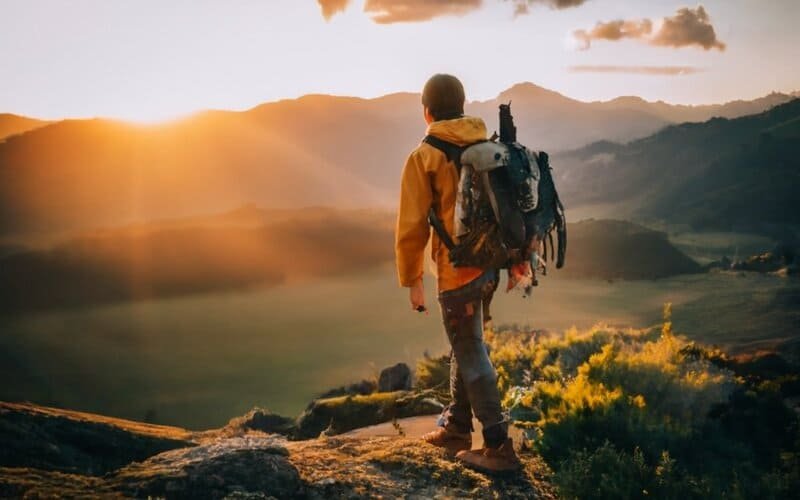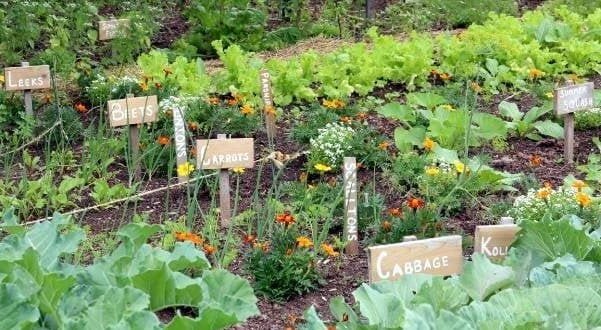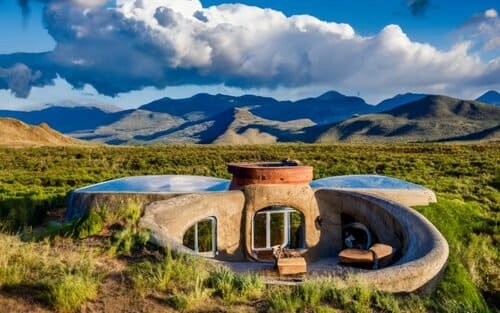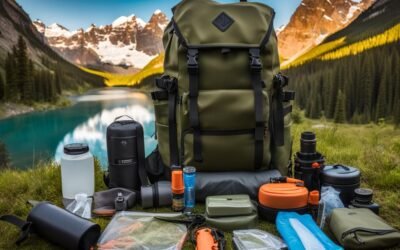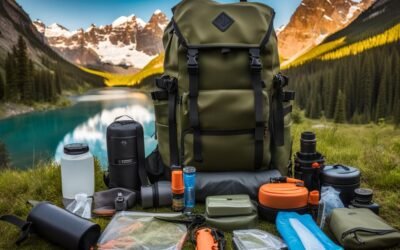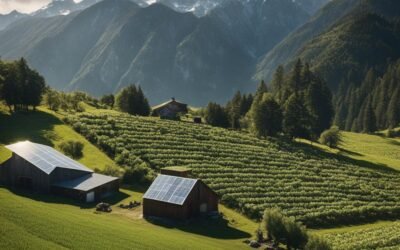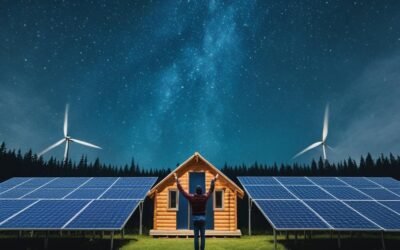Off Grid Alaska
A Guide to Living Off Grid in AlaskaThe Complete Guide to Living Off the Grid in Alaska
Alaska has long attracted those with an adventurous spirit and desire to live off the land. In recent years, more people are pursuing the ultimate self-sufficient lifestyle in Alaska – living completely off the grid. While rewarding, thriving off the grid in Alaska’s extreme climate requires careful planning, resourcefulness and a resilient mindset. This comprehensive guide covers everything you need to know before embarking on off-grid living in the Last Frontier.

Choosing the Ideal Property for Alaska Off-Grid Living
Selecting the right land is crucial when homesteading off the grid in Alaska. It needs to balance remoteness with accessibility, while meeting practical needs:
- Solar Potential – Adequate south-facing exposure for solar panels, avoiding shading from trees/mountains.
- Water Source – Access to groundwater that won’t freeze in winter, or plentiful rain/snowmelt.
- Wildlife – Distance from bear and wolf habitats reduces risk of encounters.
- Accessibility – Proximity to airstrip or town for supplies, avoids total isolation.
- Affordability – Remote parcels can be found for $10k-$20k in rural Alaska.
- Regulations – Check zoning laws, deed restrictions, property taxes before purchasing land.
Ideal locations include Mat-Su Valley, Interior, Southcentral and Southwest Alaska which meet many criteria. Thoroughly research potential parcels to confirm off-grid living is viable.
Building an Off-Grid Home to Withstand Alaska’s Climate
Alaska’s subzero winters, permafrost and remoteness make constructing an off-grid home uniquely challenging:
- Insulation – Foam, straw bale and other superinsulation techniques are essential.
- Materials – Durable, mold-resistant materials capable of handling heavy snow loads.
- Heating – Wood stoves, masonry heaters, rocket mass heaters allow heating without electricity.
- Passive Solar – Strategies like thermal mass, south-facing windows and indirect gain to tap free heat.
- Permits – Most rural areas have flexible codes but all buildings require permitting and inspections.
Creative design using local resources can produce an off-grid homestead highly adapted to Alaska for minimal energy needs and maximum comfort.

Living Off The Grid in Alaska
Mastering self-sufficiency skills is crucial when homesteading off-grid in Alaska’s harsh conditions:
- Water – Rain catchment, hand pumped wells, snowmelt provide abundant water. Storage and filtration system required.
- Power – Solar has challenges from limited winter sunlight. Wind, micro hydro and generator backup help meet electricity needs.
- Waste – Composting toilets allow sewage treatment without freezing issues of septic in permafrost soil.
- Food – Subsistence hunting, fishing, foraging and gardening in cold frames/greenhouses. Extensive food prep and storage.
- Shelter – Chopping wood for heating and snow removal are constant chores. Rotation between winter/summer clothes.
No longer relying on external utilities takes a resourceful, tenacious mindset. But the rewards of self-reliance make it worthwhile for many Alaska off-gridders.
The Financial Realities of Off-Grid Living in Remote Alaska
While eliminating utility bills saves money, establishing and living off the grid in rural Alaska has significant costs:
Property Taxes – Can be high in some Alaskan boroughs. Budget for annual taxes.
Supply Runs – Driving hours to reach groceries and hardware. Account for fuel costs.
Building Materials – Everything must be flown/barged in, adding costs. Use local materials when able.
Heating Fuel – Wood is abundant but propane/heating oil expenses add up in winter.
Permits/Fees – All buildings and utilities require permitting fees during setup.
Internet – Satellite internet starts around $100/month for limited data.
Living frugally and prioritizing what’s essential helps offset the expenses of off-grid living in Alaska’s bush communities.
Alaska Laws and Regulations Impacting Off-Gridders
Before moving off-grid, be aware of key Alaska laws and permitting requirements:
- Rainwater – Rain catchment is unrestricted. Snowmelt is considered the same.
- Waste – Composting toilets are legal. Septic permits required.
- Building Codes – Vary across boroughs. Most rural areas are flexible for owner-built homes.
- Power – No state laws prohibit disconnecting from the grid. Net metering available.
- Zoning – Outside cities, zoning is minimal but land usage restrictions exist. Research all parcel regulations.
- Other Permits – Land use, water rights, wastewater, electrical are required depending on utilities used.
While less restrictive than many states, proper research ensures off-grid projects remain compliant with Alaska laws.
Existing Alaska Off-Grid and Homesteading Resources
Alaska has a vibrant community of off-gridders and homesteading resources to tap into:
- Books – Such as “The Alaska Homesteader’s Handbook” and “The Last Alaskans” provide invaluable first-hand advice.
- Websites – Alaska Off-Grid Facebook group, Alaska Homesteader forum and blogs document their off-grid journeys.
- Meetups – Gatherings like Alaska Prepper Expo connect with fellow off-grid enthusiasts.
- Communities – Long running off-grid settlements like McCarthy and Outer Nome offer tours and workshops.
- Pioneers – Learn wilderness skills and self-reliance mindset from legends like Richard Proenneke.
Connecting with those who have gone before helps with the transition to the Alaska off-grid lifestyle.
Let me tell you, moving off grid in Alaska is no small thing. It’s a huge lifestyle change that requires some serious thought and prep. I’d highly recommend watching every video and reading every blog post you can find from real off gridders in Alaska. Get the nitty gritty details on what daily life is actually like for them. You’ll quickly realize there are tons of challenges most city folks take for granted. Chopping firewood in the freezing cold so your family doesn’t freeze? Not exactly easy. Running off rainwater you collected and treating your own sewage? Not very glamorous. Growing all your own food? Back-breaking work.
Now don’t get me wrong, the freedom and self-reliance of Alaska off grid living is incredibly rewarding if you’re up for the challenge. But you need to go into it with realistic expectations, otherwise it’s easy to become overwhelmed. Sit down as a family and have an open and honest conversation about what you envision for your off grid life and whether alaska off grid living is for you and if you’re willing to put in the blood, sweat and tears required to make it happen. Leaving the conveniences of modern civilization behind is not for the faint of heart. Do your homework on Alaska off grid living first so you know exactly what you’d be signing up for.

